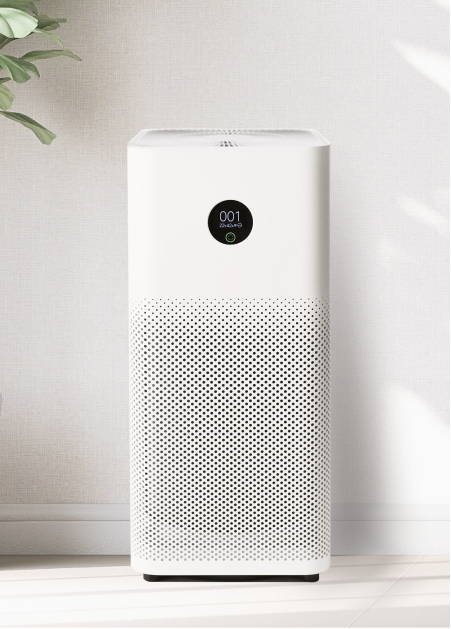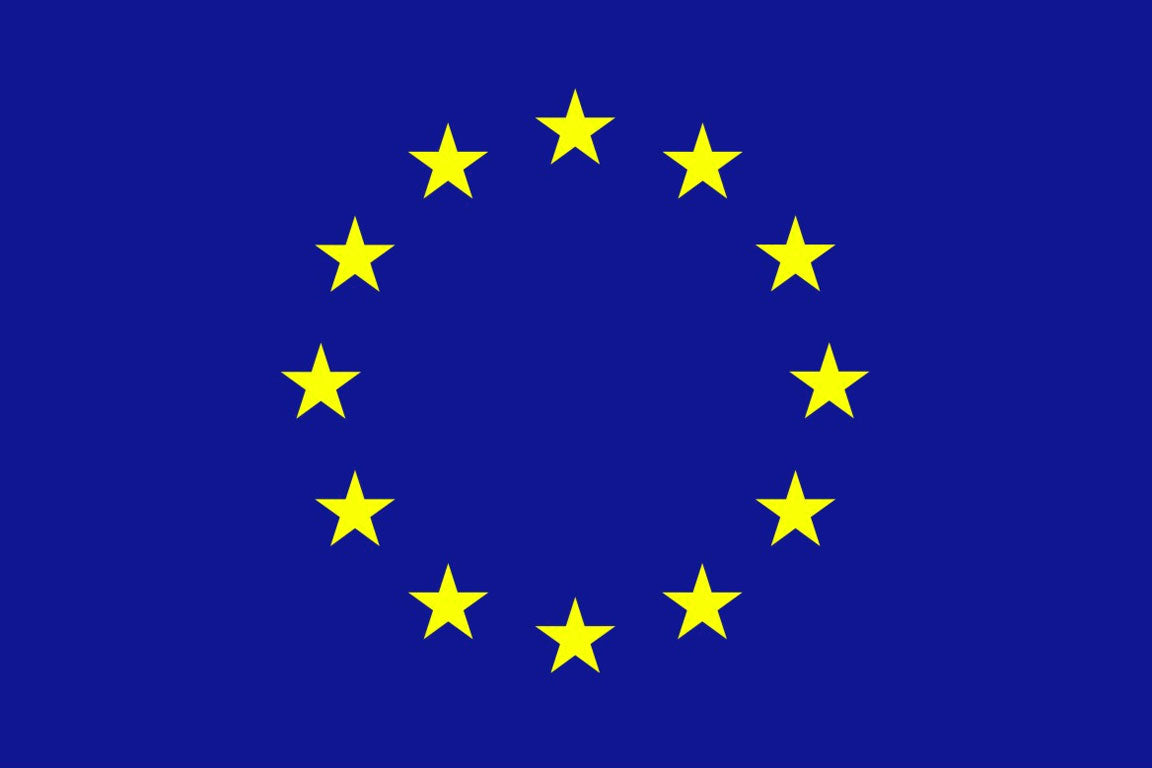
IoT-NGIN: Next Generation IoT as part of Next Generation Internet
IoT-NGIN will research and create sustainable innovation towards next generation IoT by introducing key digital technologies such as blockchains/inter-DLTs traceability, Machine to Machine (M2M) and (standalone) 5G Machine Cloud Machine (MCM) communications, AI and secure (edge) cloud at “things” level, so that it will be able to interact in an open and (semi-) autonomous way with any existing and forthcoming “thing” or IoT platform in a scalable and federated rather than integrated approach.
A whole new range of applications that leverage data and metadata from connected “things” provide novel human-centric services in areas such as smart city and urban mobility, human-centric industry 4.0, smart agriculture, and smart energy management. Within the IoT-NGIN (read as “IoT Engine”) project, we consider a “thing” as any kind of sensor, actuator, wearable device, smart phone or autonomous system, such as autonomous guided vehicles (AGVs), robots or drones with networking capabilities. We can consider as a “thing” even a group or swarm of things that behave as an autonomous, self-organised system. In the evolving next generation IoT era, we consider that the biggest challenges are a) to research towards federated on-device intelligence, so that the “things” react as self-aware, and when applicable user-aware/human-centric, semi-autonomous entities, even when their resources are constrained or network connectivity is not reliable, b) to enforce interoperability and data sovereignty, overcoming scalability and fragmentation of vertically-oriented, closed systems, c) to ensure trust, cybersecurity and privacy and d) to introduce novel human- centric interaction based on Augmented Reality (AR). However, replacing or “integrating” existing IoT architectures and platforms with a new, “super-architecture” or “super middleware”, located at the edge cloud or at a logically higher level and translating or interpreting applications’ requests to existing platforms’ queries has significant functional and non-functional limitations. The most important ones are flexibility, reliability and performance, along with the security and privacy limitations. Above all, it is the need for a commonly agreed semantic representation of any kind of “things”, which will bind existing and future implementations. Within the IoT-NGIN project, we believe that such a “super-platform” approach is not realistic and sustainable. Instead, we believe that a new, open and radically different approach should be followed, allowing for a meta-architecture and meta-level Digital Twin (MLDT) concepts to enable on-usage adaptation and interpretation of data and control messages. Moreover, it is more than important not to “reinvent the wheel”, but to base our research on mature results and leverage on existing technologies, such as 5G communications, edge cloud computing, inter-DLTs and federated AI in order to go beyond today’s state of the art, perform research and create innovation that can be sustainable. IoT-NGIN will leverage on the experience of Emotion in the area of EV fleets management and the communication requirements they induce. Hence, Emotion will be active in the determination of the IoT-NGIN use cases and successive requirements extraction. Specifically, Emotion will contribute the requirements analysis and the specification of the IoT meta-architecture components. Emotion will also participate in the enhancement of the discovery and recognition of IoT devices and in the development of AR personalized techniques for IoT actuating and sensing. Moreover, Emotion will contribute in the integration part, describing the use case services application logic. Emotion will also participate in the smart grid use case adaptation and validation, highlighting the validation of the use cases results and replication guidelines. Finally, Emotion will contribute in IoT-NGIN’s dissemination and exploitation activities.






